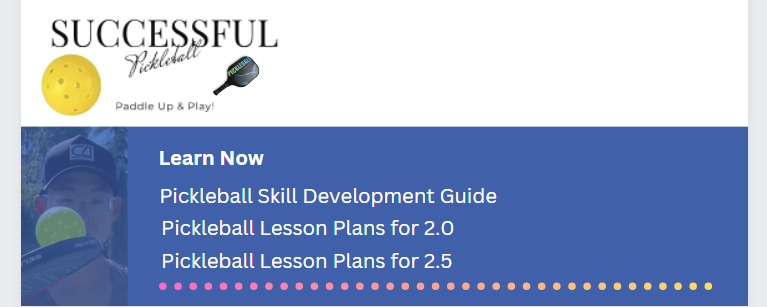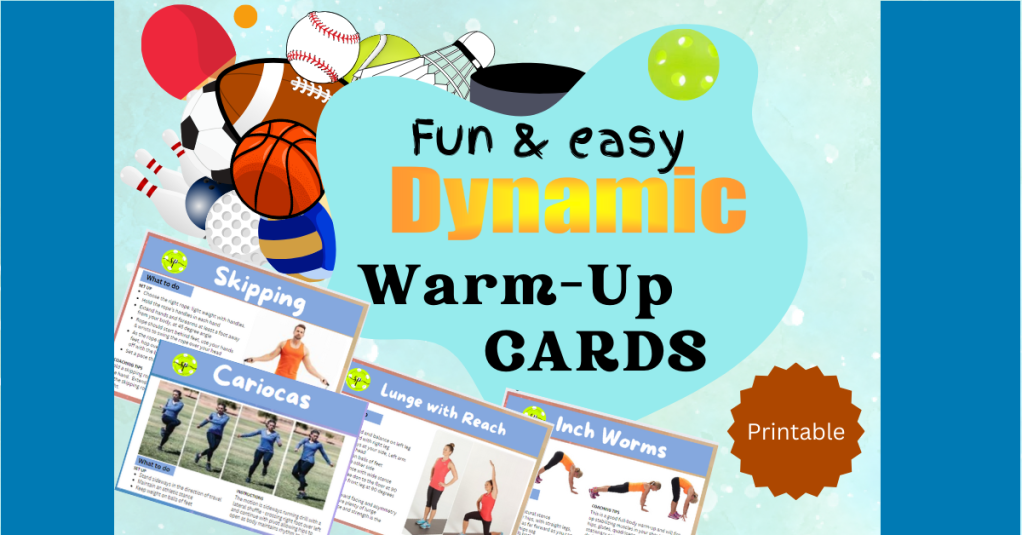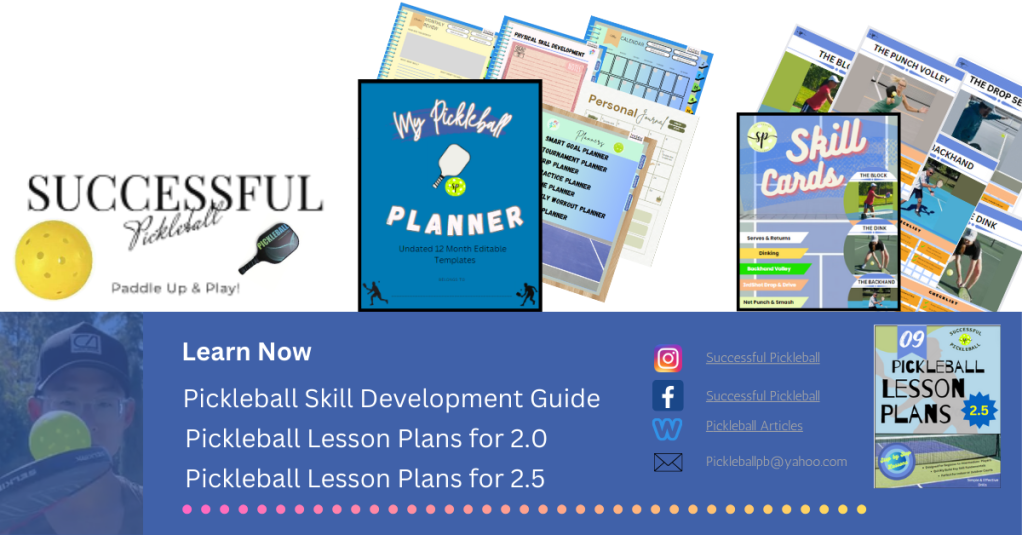
Pickleball has many benefits but some regular players know despite the lower-impact advantages there is a common condition in players that can develop due to repetitive stress. The medical term is “lateral epicondylitis”, simply meaning microscopic tears of the forearm tendons at the anchor point on the outside of the elbow. Players who grip their paddle too tightly or execute excessive backhand shots are the most prone to this injury. It is most commonly known as tennis elbow, or, “pickleball elbow”.
Symptoms
“Pickleball elbow” is usually the result of overuse. Symptoms tend to come on slowly. Pain may get worse over weeks and months and can limit movement with simple daily activities like lifting a fork while eating or lifting a glass for drinking. In severe cases, players will experience lessened grip strength and impact any activity involving twisting or gripping motions in which the forearm muscles are repeatedly contracted against resistance, such as pruning bushes or pulling weeds, using a screwdriver, or playing the violin.
Signs
- Burning or pain on your outer elbow that may travel to your wrist (these sensations may get worse at night).
- Pain when twisting or bending your arm (for instance, to turn a doorknob or open a jar).
- Stiffness or pain when extending your arm.
- Swollen elbow joint that’s tender to touch.
- Weakened grip when you try to hold items like a racquet, wrench, pen or someone’s hand.
What Goes Wrong?

Continuous repetitive and chronic overuse stresses of the extensor muscles in the lower arm cause tiny tears in the tendons (see “Anatomy of tennis elbow”) that result in inflammation, tenderness, and pain. Pain radiates from the point where the tendon attaches to the epicondyle, to the forearm and wrist. When strains and tears disrupt the parallel strands of collagen, which are lined up side-by-side in bundles – known as tendons, the body responds by deploying substances known as fibroblasts to form scar tissue to help alleviate the disruption in the area. Repetitive strain prevents the scar tissue from healing properly and pain with weakness develops as a result.
Treatment
Sometimes the best approach is to simply rest the elbow. While many treatments relieve the pain, most cases only see temporary relief. Dr. Gary Pattee, MD., knows the course of medical action is always not accepted or followed by players and often leads to discomfort or pain being present even at rest or may suffer from interrupted sleep as the ultimate price.
Harvard Medical School highlights some strategies that may help “pickleball elbow” and prevent further injury to the tendon, relieve pain and inflammation, and preserve or restore function.
Initial treatment. Cut back on movements and activities that cause pain in the affected elbow, forearm, and wrist. Adjusting your paddle weight, stiffness, and grip size can help, but there’s no specific formula that’s universally effective. For additional pain relief, treat the painful area by applying ice to the epicondyle for 15 to 20 minutes every four to six hours for the first day or so. Using occasional oral over-the-counter anti-inflammatory pain relievers (ibuprofen, naproxen, aspirin, and acetaminophen) may also help to alleviate symptoms, but neither option cures the underlying condition and risks side effects.
Some players find wearing an orthotic (a brace, band, splint, or strap) around the forearm helps. These band braces and straps, worn on the forearm just below the elbow, can work for pain relief in conjunction with physical therapy to stretch and strengthen the wrist and forearm may also reduce the chance of recurrence. If the pain persists or worsens, consult with your physician for a thorough evaluation.
Intermediate steps. If symptoms persist, your physician or clinician may recommend one of a few courses of action. X-rays and MRIs can help rule out conditions such as arthritis, stress fractures, and tumors while a corticosteroid injection will relieve symptoms immediately but can lead to complications, such as local soft-tissue atrophy. Corticosteroid injections are not treatments that should be done with any regularity. In fact, often the biggest downfall to corticosteroid injections is that players take the absence of pain as a go-ahead to return to play that aggravated “pickleball elbow”. It is highly recommended that after the corticosteroid injection, you’ll be given a program to follow that includes rest, ice, and acetaminophen, followed by physical therapy. Repeated injections can cause tissue atrophy, so clinicians usually recommend no more than two to four, even in cases of chronic pain.
Another option to consider is PRP, or platelet-rich plasma. This procedure involves extracting growth factors from the patient’s own blood and re-injecting them to induce a healing response. Studies have shown varying results, and the procedure isn’t usually covered by insurance, so check with your physician to see if this is the right treatment for you.
Other measures. Although most cases resolve eventually with conservative measures, there are times when surgery may be recommended. Surgery is an option in rare cases when the symptoms have lasted more than a year despite rest and other efforts to relieve pain and restore function. There are many variations, but most involve an outpatient procedure that involves removing the damaged part of the tendon and reattaching the healthy tissue to the bone. Recovery from this procedure will take time and players may find recovery time between four to six months.
Every athlete should seek direct medical advice from a licensed physician or other qualified clinicians when stressing the body to the point of pain. The shortest road to any recovery is not to ignore any pain and not try and play through pain or simply hope the pain will go away or take care of itself.
Recreational and professional players who regularly perform repetitive activities that vigorously use the forearms, wrists or hands can get “pickleball elbow.” Any elbow pain that radiates down the arm which can also have finger numbness and tingling, is a concern and medical treatment should be sought out.
Next Time …
In the next article, we will go through some tournament preparation ideas to use prior to tournament play and during tournament competition.
Please consider subscribing to my blog for more great pickleball content and make sure to follow me on Facebook and read my latest newsletter for some exciting news for the Spring 2023. Grab your dynamic warm-up exercise eBook as well, happy training!
Read: the The Fitness Foundation to Success Series.










































